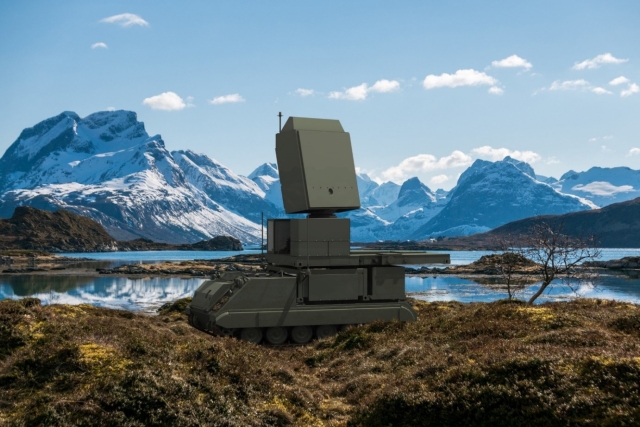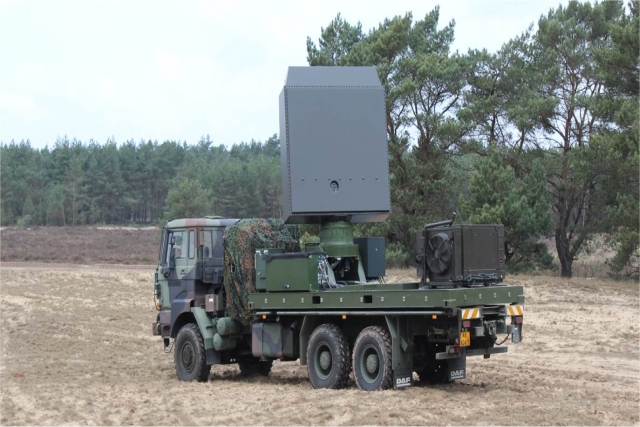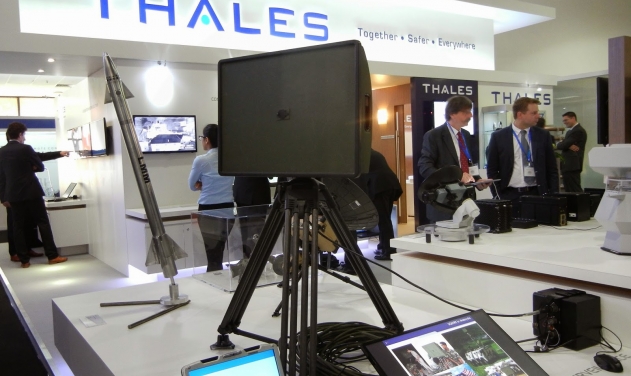Denmark to Acquire Five Thales Ground Master Compact Radars
GM200 MM/C offers enhanced situational awareness, operational superiority, fire support, and weapon location capabilities.

The Danish Ministry of Defence Acquisition and Logistics Organisation (DALO) has recently signed an agreement with the Netherlands Defence procurement agency COMMIT (Commando Materieel en IT), facilitating the acquisition of five Thales Ground Master 200 Multi-Mission Compact radars.
The GM200 MM/C radar systems are designed to offer enhanced situational awareness, operational superiority, fire support, and weapon location capabilities.
This crucial defense agreement not only strengthens the bilateral relationship between Denmark and the Netherlands but also aligns with the principles of international NATO cooperation.
“The acquisition of the GM200 MM/C is an example of how allies can help each other in strengthening their defence forces by interoperable materiel. In addition, it is an advantage that both Denmark and the Netherlands have identical configurations of the GM200 MM/C, which enables cooperation for identical future updates and support,” says Vice admiral Jan Willem Hartman, Commander at COMMIT.
With traditional and emerging threats, including drone warfare, on the horizon, the importance of fast and early detection has never been more critical. Modern Autonomous Unmanned Vehicles (UAVs) possess the capability to elude traditional radar systems, posing a challenge to national security. Adversaries can leverage these stealthy, slow-moving, and coordinated attack-capable UAVs to saturate the airspace in a conflict scenario.
The GM200 MM/C radar systems enable simultaneous and precise detection, tracking, and classification of a wide array of threats, including drones, aircraft, missiles, helicopters, multiple UAVs, and RAM (Rockets, Artillery, and Mortar). This advanced radar technology equips operators with increased time-on-target, enabling them to gather vital information on incoming threats. This is achieved through the incorporation of new-generation 4D AESA technology.
The GM200 MM/C’s compact design allows for deployment in various modes, ranging from fixed locations to high mobility. This adaptability results in very short deployment times and ease of transportation on multiple platforms. Moreover, the radar systems feature software-defined technology, which allows for future upgrades.













